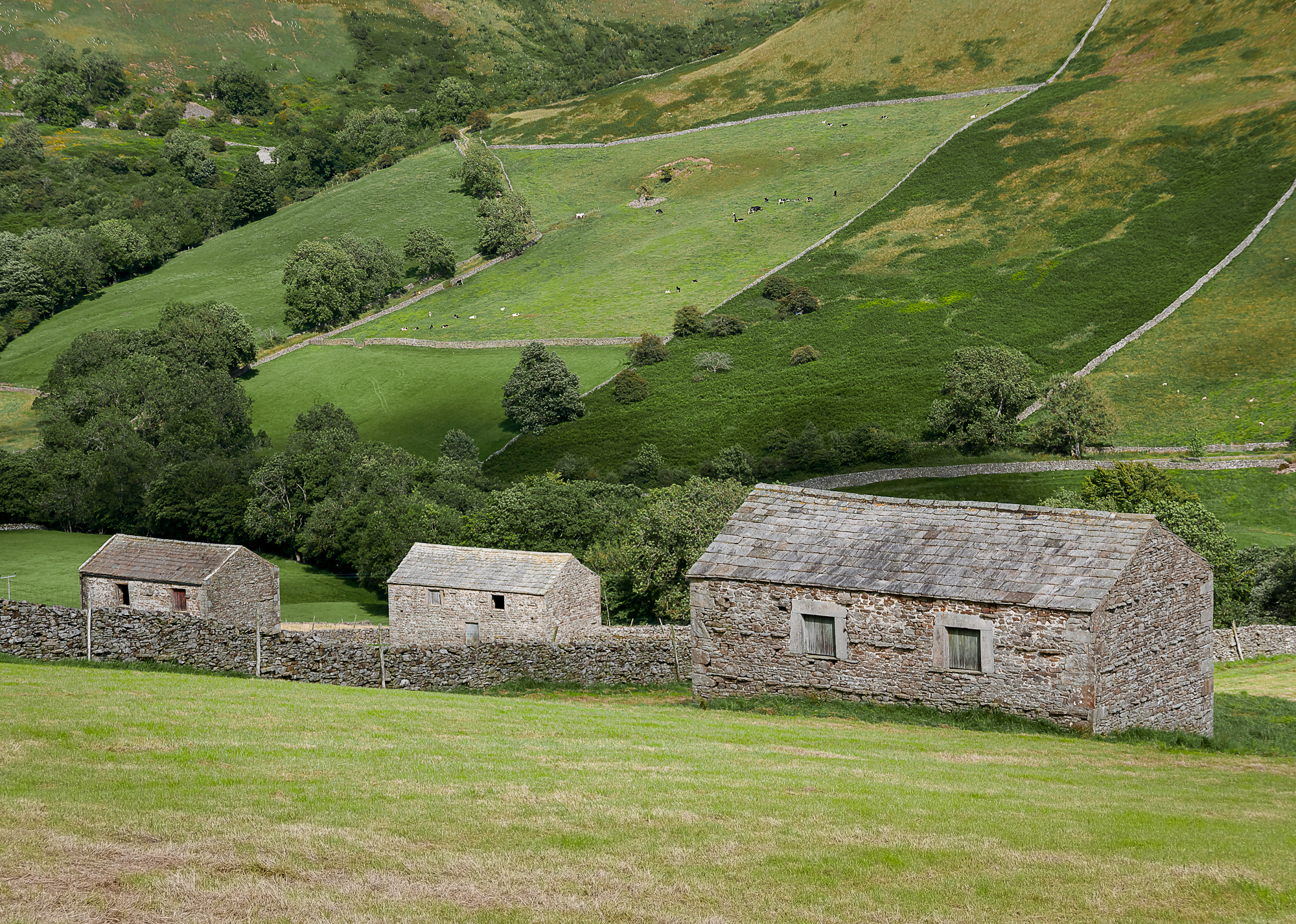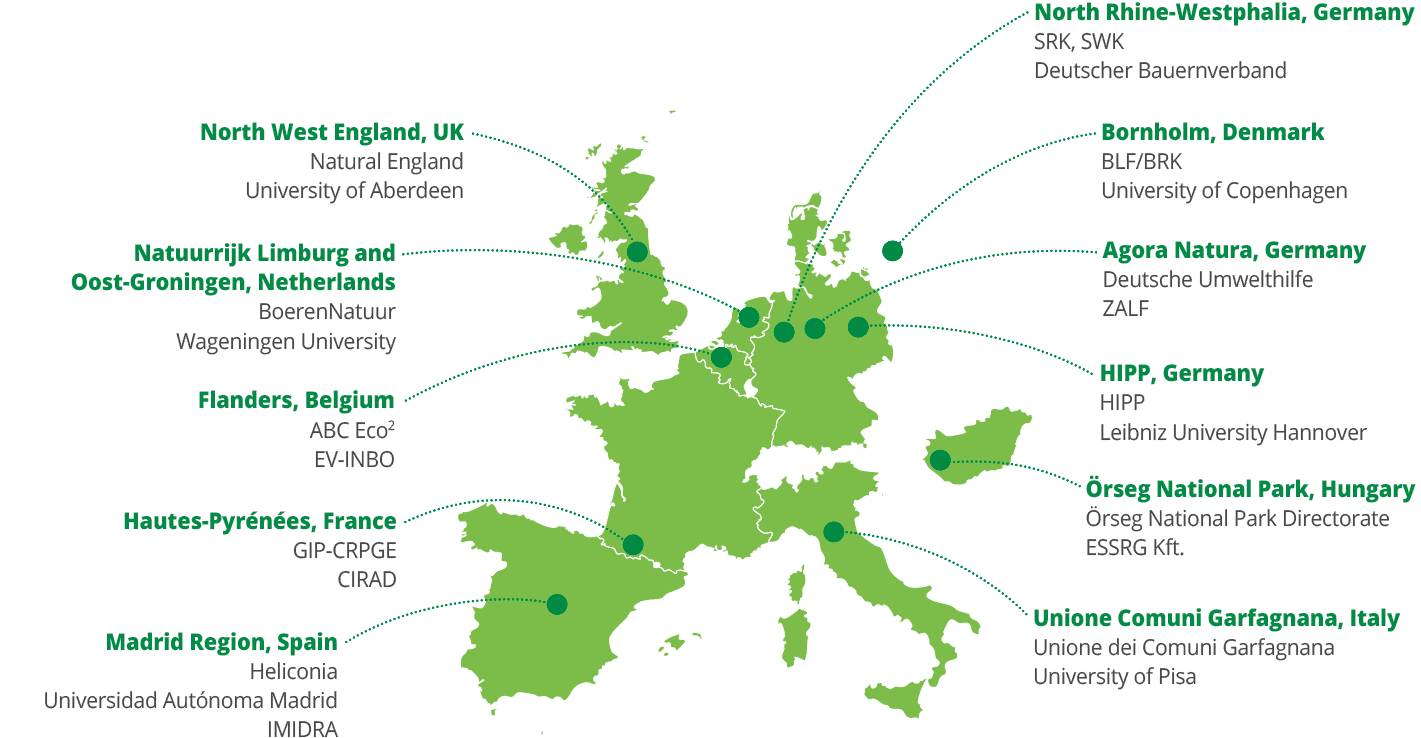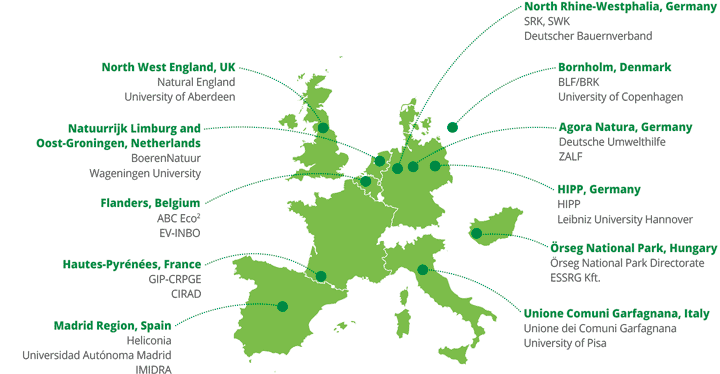CIL North West England, UK

Region
The CIL North West England (NWE) covers a region that is characterised by upland livestock farming, low resident population densities and internationally recognised cultural landscapes. Across the region, there are a range of landscape characteristics, which vary from the mountainous areas of the Lake District National Park to the more open and expansive moorland of the Yorkshire Dales National Park and North Pennines AONB (Areas of Outstanding Beauty). These 3 regions are designated protected areas, where pressures of tourism and public opinion more broadly have intensified scrutiny of farming practices. As a consequence of the challenging terrain, remote accessibility, strong cultural ties to local communities and shepherding traditions, in addition to the increased public attention and legislative restrictions in protected areas, the grazing systems of these regions have changed much less dramatically than conventional farming systems over time and have resisted the industrialisation of commercial agriculture which has redefined farming in lowland areas.
Contract Type
Payments for Ecosystem Services / Agri-environment and Climate Measures
Contract Features
• Collective Implementation
• Results-based Payments
• Hybrid Contracts
Targeted Public Goods




„Dream Contract“
In our CIL, we are focusing on the potential impact that innovative contract solutions relating to results-based payments and collective approaches could have in the ‘Local Nature Recovery’ element of ELMS, which is most likely to replace the core elements of the current Countryside Stewardship Scheme. In our “dream contract” studies, we have concentrated on exploring how results-based contracts may be best integrated into ELMS for upland farmers, alongside potential hybrid and collective dimensions. Upland farmers want to see more flexibility and simplicity in their agri-environment schemes. These elements can be provided through a payment by results contract. Existing PBR tests have successfully focused on species rich hay meadows (biodiversity) and creating habitat for wading birds (supporting farmland birds) but with potential to broaden out to other targets. These contracts would provide incentives to: i) reduce intensity of land management and compensate for the lower yield, ii) lower nutritional value of feed produced, and iii) include additional management activities (e.g., seeding wildflowers, maintaining wader scrapes). However, farmers are also nervous about the potential financial vulnerability of PBR schemes, and so ‘hybrid’ contracts, with an action-based minimum baseline in return for a base payment, aim to utilise the ‘best of both’ mechanisms for farmers and nature.
Contact



Visit CILs:
• CIL North West England, UK
• CIL Limburg, The Netherlands
• CIL Flanders, Belgium
• CIL Hautes-Pyrénées, France
• CIL Madrid Region, Spain
• CIL North Rhine-Westphalia, Germany
• CIL Bornholm, Denmark
• CIL AgoraNatura, Germany
• CIL HiPP, Germany
• CIL Őrség National Park, Hungary
• CIL Unione Comuni Garfagnana, Italy

Visit CILs:
• CIL North West England, UK
• CIL Limburg, The Netherlands
• CIL Flanders, Belgium
• CIL Hautes-Pyrénées, France
• CIL Madrid Region, Spain
• CIL North Rhine-Westphalia, Germany
• CIL Bornholm, Denmark
• CIL AgoraNatura, Germany
• CIL HiPP, Germany
• CIL Őrség National Park, Hungary
• CIL Unione Comuni Garfagnana, Italy

